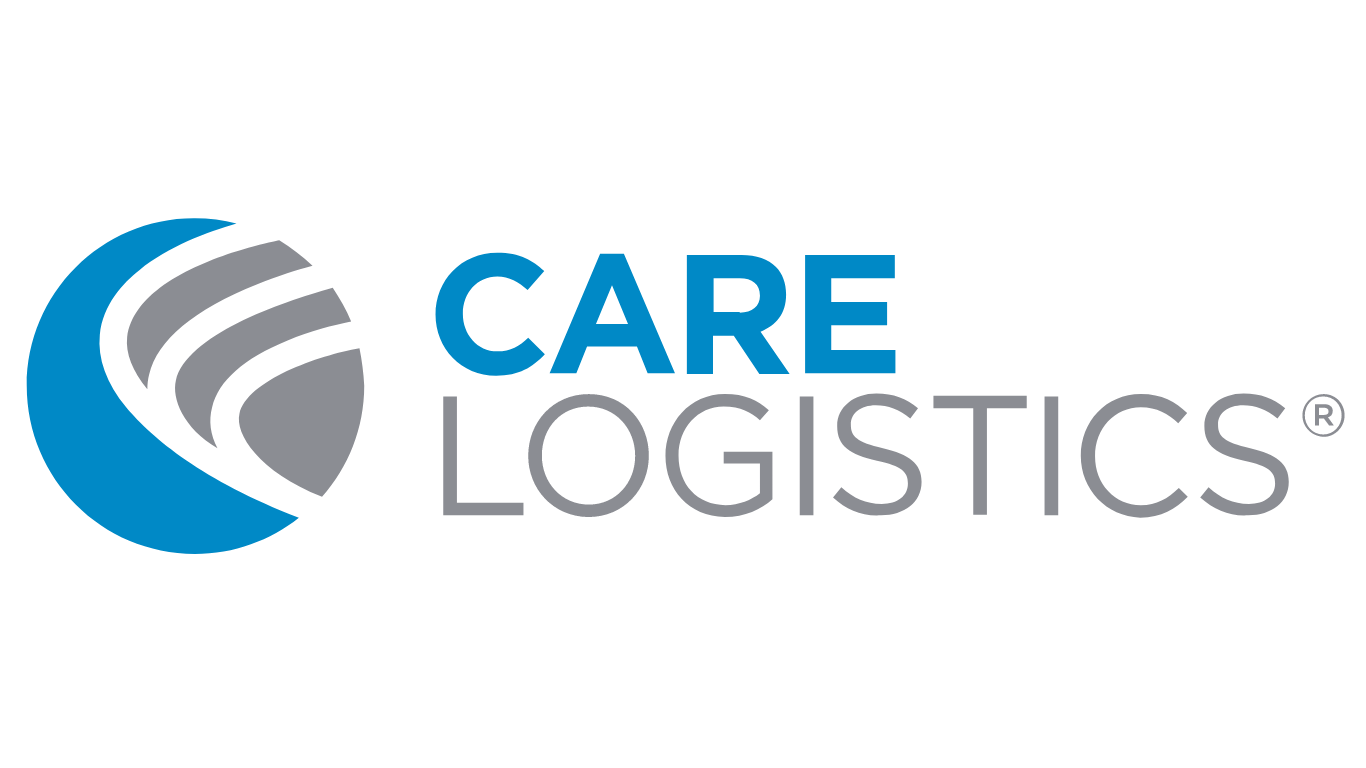A Giant Leap Forward... Eventually
Is Your EHR Stuck in the Steam Age?
By Aaron Kanne
I recently came across an article from the BBC entitled “Why didn’t electricity immediately change manufacturing?”, and the parallels to modern-day healthcare and the “electrification” of medical records via the implementation of Electronic Health Records (EHRs) are worth discussing. Here is a link to the article if you want the full story, but I’ll go ahead and give you a synopsis with some key quotes.
In the late 1870s, Thomas Edison and Joseph Swan separately invented light bulbs, and in 1881 Edison built electricity generating stations in Manhattan and London. Within the next year, electricity was being sold as a commodity. Just a year after that, the first electric motors were driving manufacturing machinery in factories. Despite the quick development, in 1900 only 5% of mechanical drive power in US factories was coming from electric motors. The Steam Age lingered on despite the obvious advantages of electric power.
In traditional steam-powered factories, the power came from a single, sizeable steam engine, which turned a drive shaft that ran the length of the factory. Connecting shafts ran belts, gears, hammers, etc. The coal-fired engines rarely stopped, and they created a lot of grease, and dust, and were extremely hazardous for workers.
Some factory owners did implement electric motors, drawing upon clean energy from a nearby generating station. But, despite the huge investment, they did not see immediate savings. (Sound familiar?). “Why? Because to take advantage of electricity, factory owners had to think in a very different way. They could, of course, use an electric motor in the same way as they used steam engines. It would slot right into their old systems.” (Sound familiar?)
Electric motors could do so much more than steam power, and it allowed electricity to be delivered right where it was needed. Electric engines were very efficient, so a factory could have many small motors driving smaller shafts. Factories could be cleaner, safer, and more efficient.
“You couldn’t get these results simply by ripping out the steam engine and replacing it with an electric motor. You needed to change everything: the architecture and the production process.”
Finally, in the 1920s, productivity in US manufacturing took off in a huge way. This credit is given to manufacturers finally figuring out how to “use technology that was nearly 50 years old”.
By now, the parallels between the current implementation of EHRs in healthcare, specifically in hospitals, and the introduction of electricity into steam-powered factories are apparent and a bit disturbing. I don’t think I’ve ever heard of a hospital achieving a significant ROI after implementing an EHR to simply “electrify” their paper charts. This isn’t to say there aren’t examples out there, but they are definitely few and far between at best.
The reason is very similar to the above example. You cannot simply rip out paper charts and replace them with an electronic health record and expect it to fix all of healthcare’s problems. Like paper charts, most electronic health records are organized around a single patient’s chart, just in electronic format. The advantages of having the patient record electronic are not being fully taken advantage of, including the visibility and summarization of data that could be utilized to address bigger logistical challenges in the hospital. Some EHRs now have bed management views and rudimentary command center-style dashboard displays, but there still exists a large gap between the current capabilities and the potential with so much information captured and little being done with it after the fact.
More importantly, in addition to not taking advantage of the electronic capabilities with current system features, if a hospital wants to truly improve throughput, patient flow, and overall efficiency, they’ll need to change their process to get the most out of the technology. You cannot implement new technology without changing process and expect much to change. Large-scale process improvement needs to be undertaken in hospitals in order to take advantage of the “new” technology.
Speaking of this “new” technology, large-scale computers have been around since the early 1970s. Now, 50 years later in 2020, we STILL haven’t figured out how to fully apply this technology in healthcare. Here’s to hoping the hospital productivity and efficiency revolution is on the near horizon!
